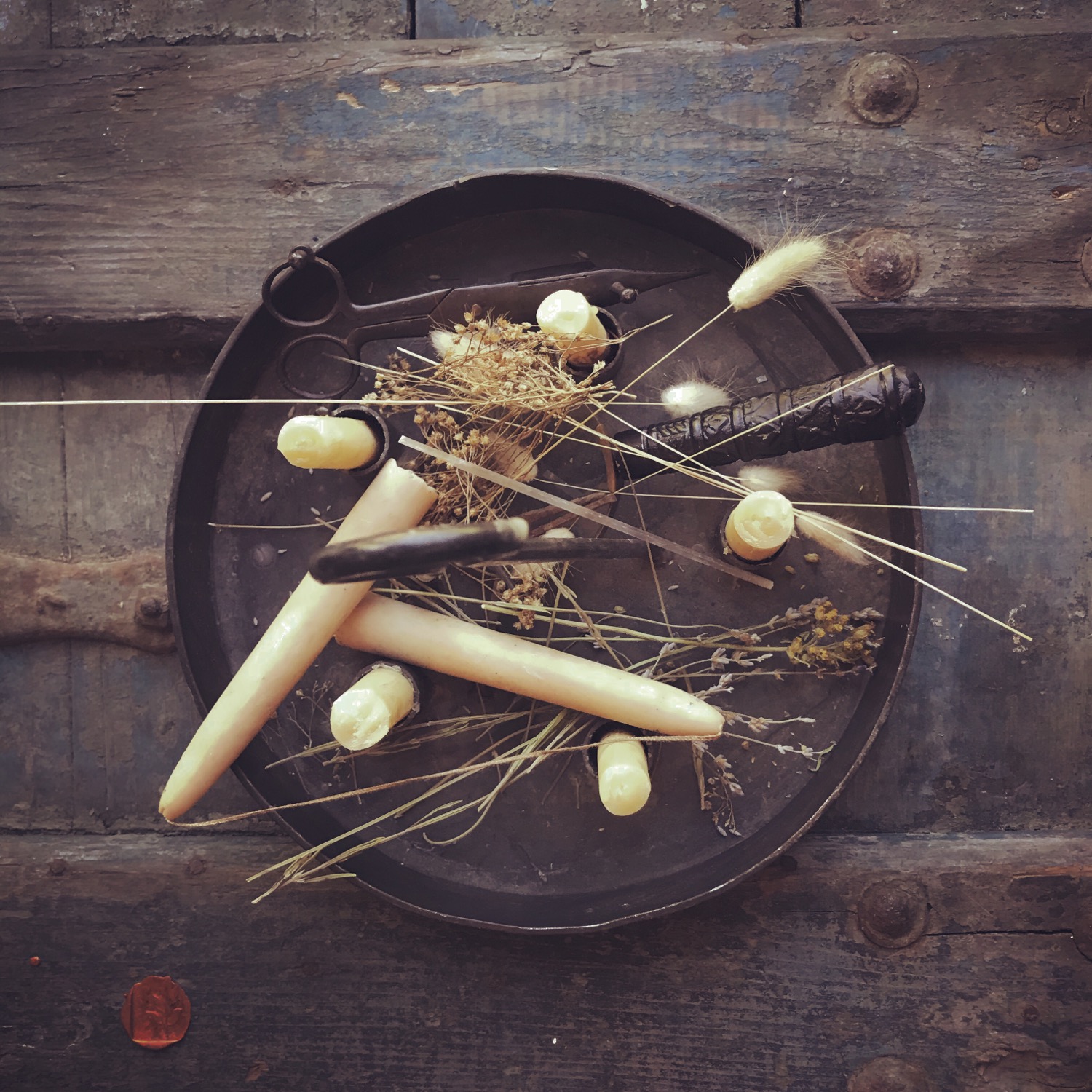

The cauldron plays a role in many Celtic stories and the lore even describes them as great treasures with magical powers. The reason for the number of legs is probably more practical: A three-legged structure is the most sturdy on uneven ground. The three legs are occasionally pointed to by modern Witches as representing The Triple Goddess, but She didn’t exist universally in ancient times. China had similar 3-legged sacrificial vessels called “dings”. This is mirrored in the Greek tripods, a 3-legged stand for holding a sacrificial vessel, similar to a cauldron. Many cauldrons have three feet for setting them over the fire and, lacking this, may be suspended from a simple tripod structure of three sticks lashed together if used over an outdoor fire. Just as a point of interest, a circular depression in the Earth caused by volcanic activity is also sometimes called a cauldron or a caldera. The Welsh word for cauldron was pair or peir. The Middle Irish word for cauldron was Coiri or caere, which meant something like “place of liquid or moisture”. The word kettle comes from the Germanic word for the same cooking implement kessel, Middle English chetel, Old Norse ketill. The word cauldron comes from Latin caldaria meaning “cooking pot” in turn from caldārium, “hot bath”. These days, cauldrons represent the female aspect of divinity, the womb, and are used thusly in conjunction with wand s, sword s and athame s (depending on their size and the tradition) in symbolic representation of The Great Rite. Ancient Celtic tales tell of cauldrons that that no one ever went away from hungry and cauldrons that, when the dead were thrown into them, would bring the dead back to life.

The cauldron is a symbol of rebirth, the hearth, of abundance and of well being.


 0 kommentar(er)
0 kommentar(er)
